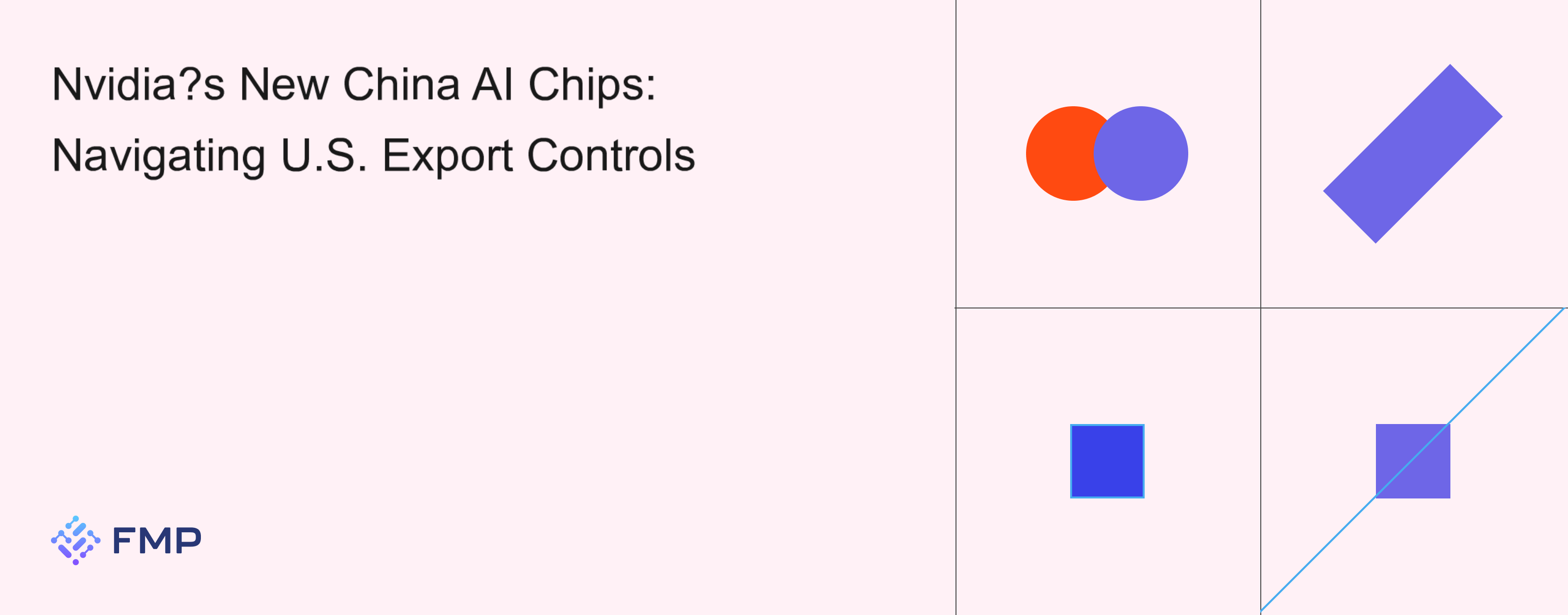
Nvidia will begin shipping a downgraded AI processor to China within months—stripped of high-bandwidth memory and based on its previous-generation Hopper architecture—to comply with tightened U.S. export restrictions. A modified Blackwell chip, also without HBM, is slated to follow later in 2025, preserving Nvidia’s footprint in what still represented roughly 14 percent of its revenue last year.
What’s Changing
Downgraded Hopper Variant: The new China-bound chip omits HBM modules, reducing both performance and export-control sensitivity.
Blackwell for China: A tailored Blackwell design, likewise HBM-free, will debut in 2025—ensuring Nvidia’s latest architecture remains available under U.S. rules.
Customer Base Impact: Major AI players in China (Bytedance, Alibaba, Baidu) will transition from the high-end H20 to these compliant variants.
Implications for Nvidia’s China Strategy
Market Retention: By offering “good-enough” silicon, Nvidia aims to defend its 14 percent China revenue share—according to FMP’s Financial Growth Statement Analysis API, China-related sales were a key growth driver in 2024 (Financial Growth Statement Analysis API).
Competitive Dynamics: As local champions like Huawei accelerate R&D, Nvidia’s dual-tier product approach may buy time but also risks ceding share if performance gaps widen.
Tracking Nvidia’s Financial Health
Nvidia’s capacity to absorb any near-term margin hit hinges on its robust balance sheet. Per FMP’s Company Rating & Information API, NVDA maintains a AAA corporate rating and held over $40 billion in cash and equivalents as of its latest filings—underscoring its firepower to sustain tailored product lines and R&D investments (Company Rating & Information API).
Key Takeaways
Strategic Segmentation: Dual-tier chips ensure compliance without abandoning China’s high-growth AI market.
Margin Management: Expect slightly lower ASPs in China offset by Nvidia’s broader pricing power and cash reserves.
Watch Local Capabilities: Advancements from Huawei and others could challenge Nvidia’s interim solutions over the next 12–18 months.

